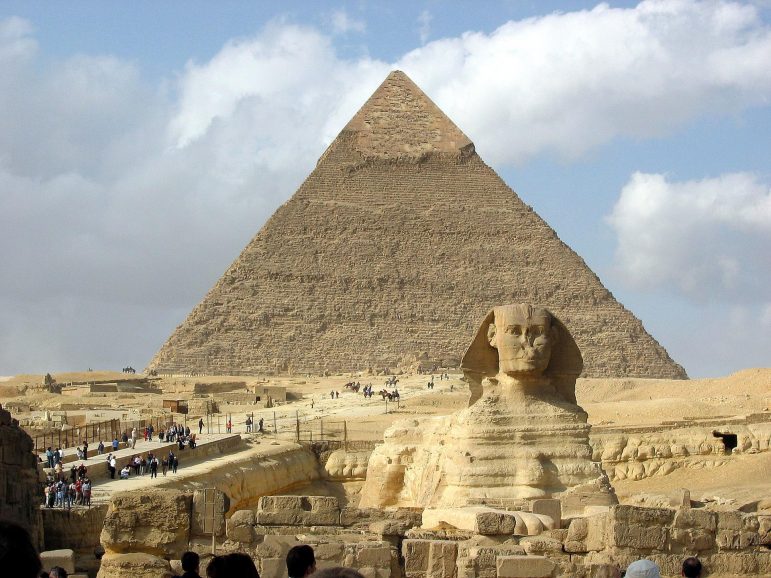The center of the Atenist revolution was in an area of Egypt now known as Amarna. British archaeologist and Egyptologist Barry Kemp has been the director of the Amarna Project since 1977. Since that time, as the digging’s gotten deeper, so has archaeologists’ understanding of the city found there, its pharaoh-founder Akhenaten and the Aten, the god that turned Egypt on its head.
Kemp says one of the interesting things they’ve discovered, during their excavations of the cemetery at Amarna, is that the people died very young. He says the average age of the people they’ve found is around 35. The puzzle now, for those studying Amarna, is to figure out why these people died when they did. There is evidence of a pandemic during Ankhenaten’s reign, but Kemp points out that pandemics tend to decimate older populations.
Tonight, you can hear Kemp speak for yourself on UAB’s campus in Bell Auditorium. That begins at 5:30 p.m.

